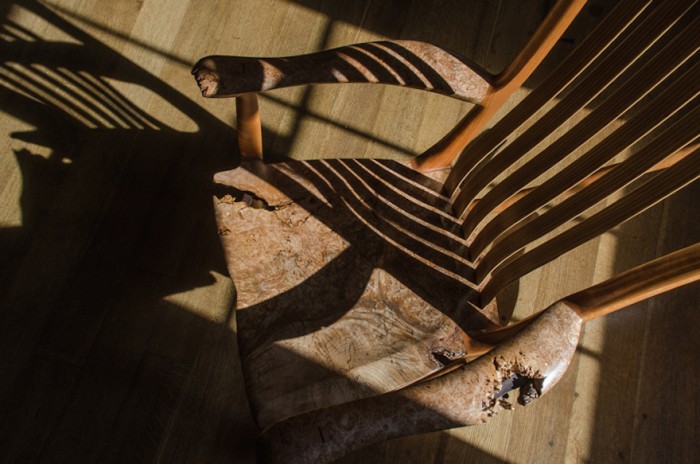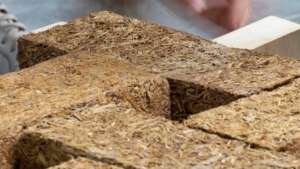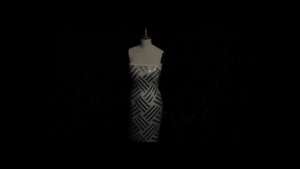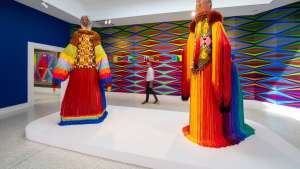Californian family-owned company Erickson Woodworking has been in business since the 70s. Father Robert Erickson has created a legacy of handmade furniture design that spans four decades and is represented in various collections, including the Smithsonian's Renwick Gallery and the Los Angeles County Museum of Art.
Now a full partner in the business, Tor Erickson has put his own stamp on one of his father’s classic rocking chair designs with the Living Chair.
He incorporated the cavities’ natural negative spaces into the design of the Living Chair. Robert spent years shaping his now legendary rocking chair for absolute ergonomic comfort, and this resulted in a silhouette that mimicked the human body, from the curve of the seat to the shape of the arms.
If the chair resembled a human body then Tor sought out to expose the flaws by integrating the cracks into the structure as seamlessly as possible so that it felt like they had, in his words, “always belonged as part of the whole".
“The burl in these chairs then becomes a further reflection of the true human body, in all of its surprising curves, sags, and hollows,” says Tor.
Erickson Woodworking mainly uses California walnut and Pacific maple wood in its designs, from trees that are harvested locally and sustainably. The carpenters will work with the material from a single large tree for ten years or more, which allows them to become intimately familiar with its knots, figure and colour.










